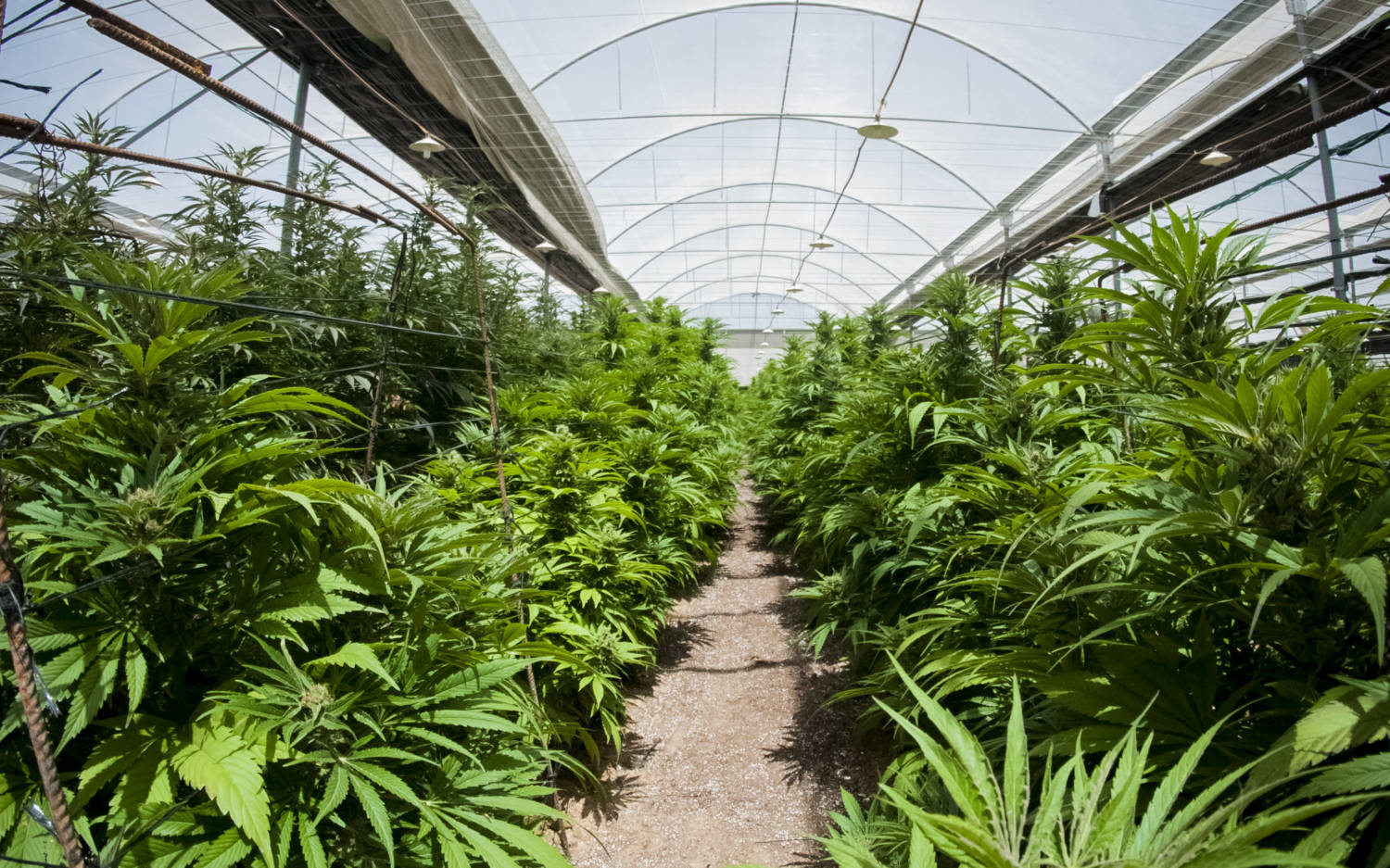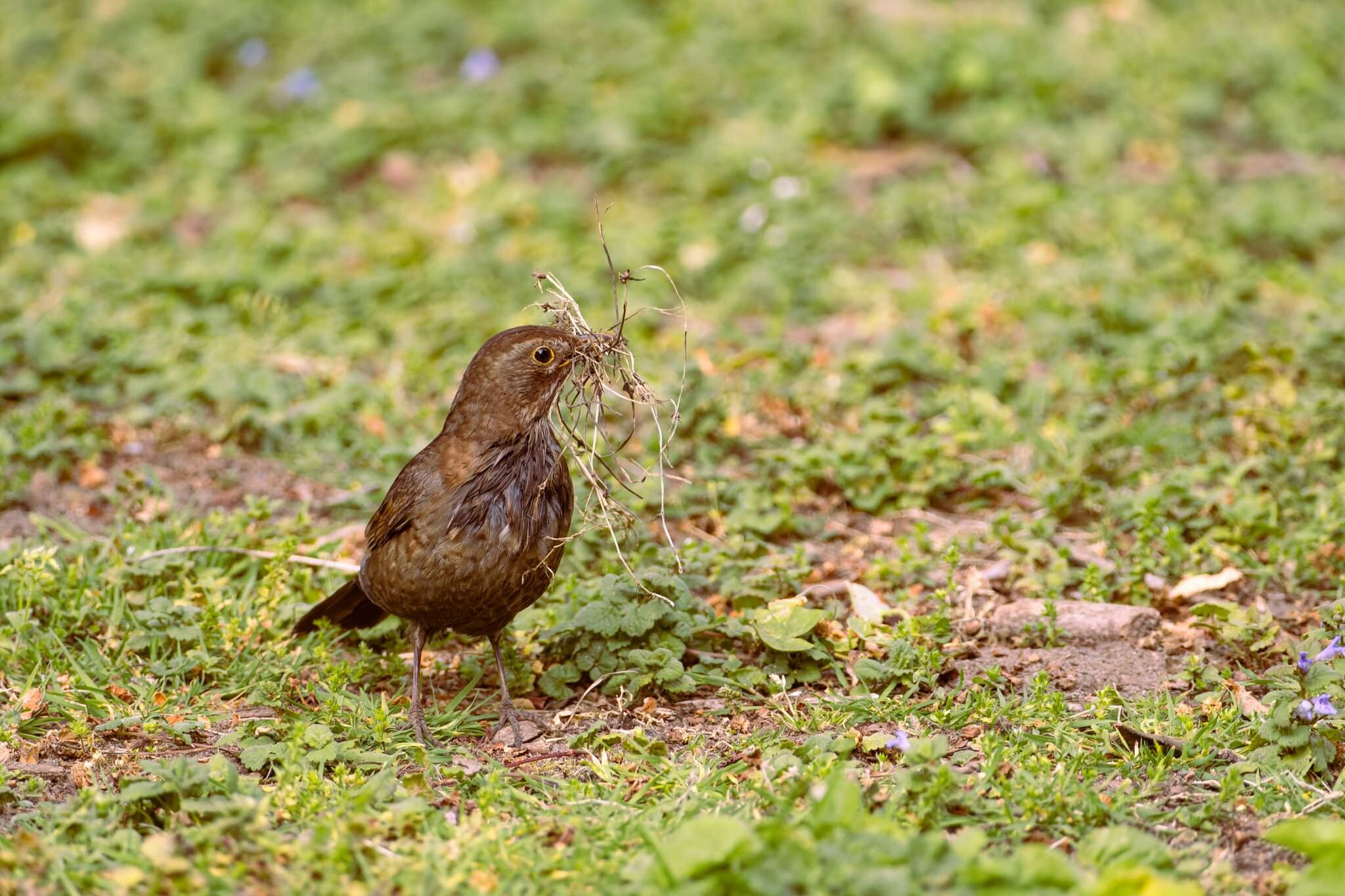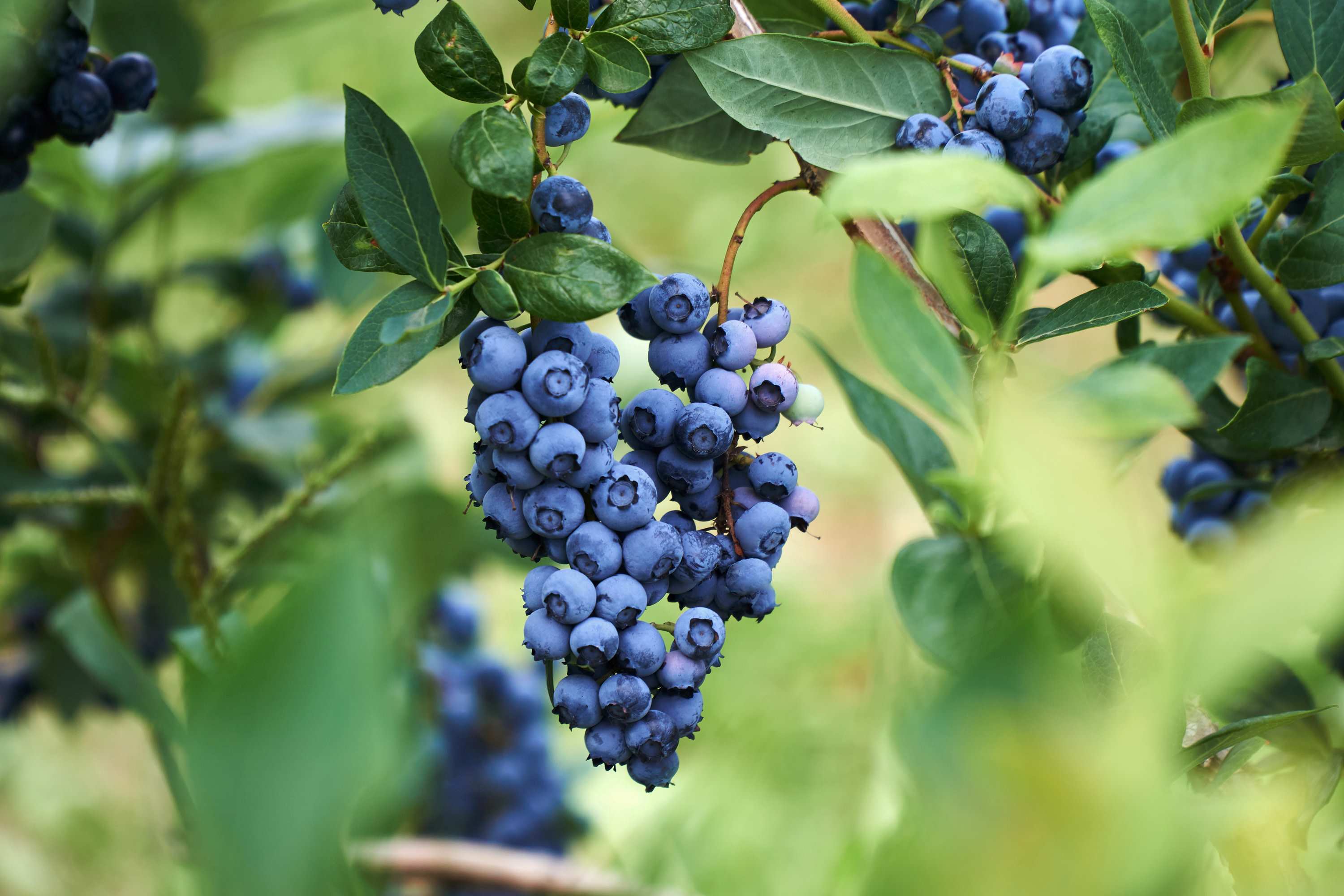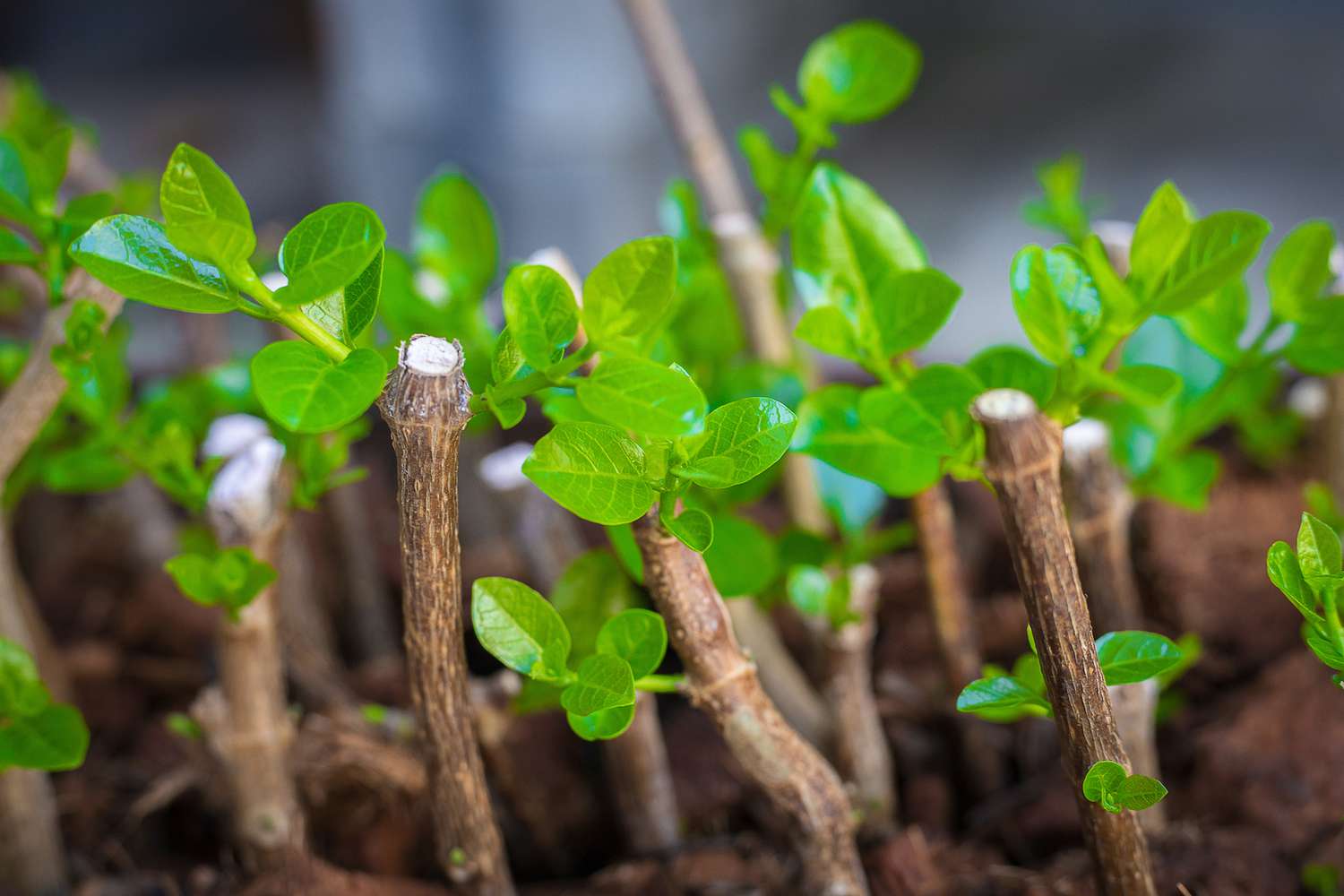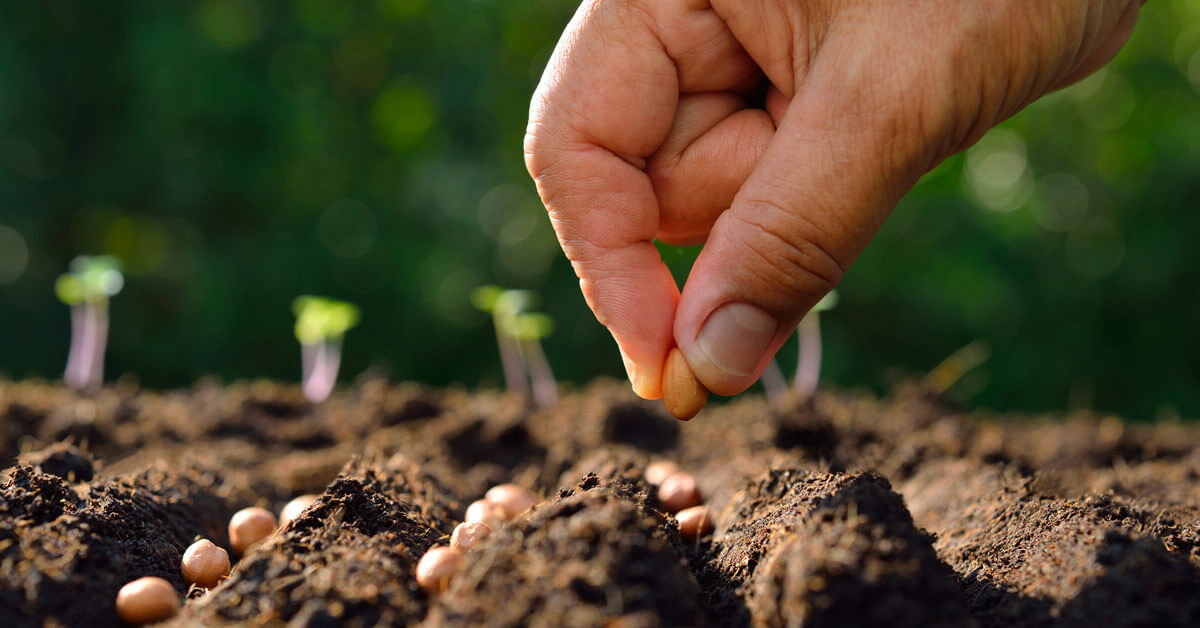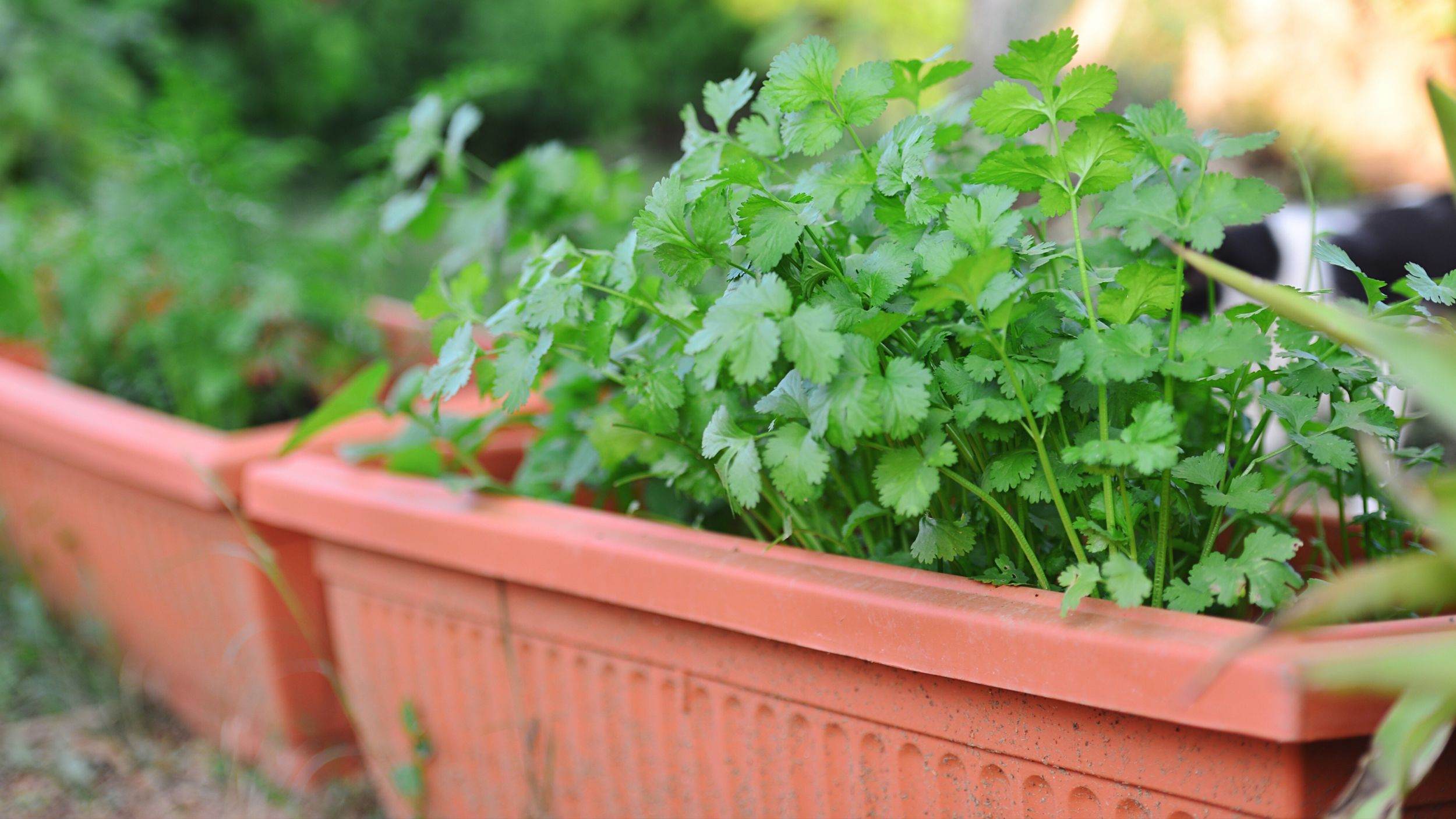Home>Gardening Tips and Tricks>Problem Solving>How Do You Stop Weeds From Growing


Problem Solving
How Do You Stop Weeds From Growing
Published: December 14, 2023
Learn effective problem-solving techniques to stop weeds from growing in your garden. Discover expert tips and strategies for weed control.
(Many of the links in this article redirect to a specific reviewed product. Your purchase of these products through affiliate links helps to generate commission for Chicagolandgardening.com, at no extra cost. Learn more)
Table of Contents
- Understanding the Persistent Problem of Weed Growth
- The Intricacies of Weed Propagation
- Proactive Measures to Safeguard Outdoor Spaces
- Harnessing Hands-On Techniques to Combat Weed Infestations
- Strategic Utilization of Herbicides for Targeted Weed Control
- Fostering Resilient Landscapes Through Proactive Cultural Practices
- Elevating Weed Management Through Informed Strategies and Proactive Measures
Introduction
Understanding the Persistent Problem of Weed Growth
Weeds are the bane of every gardener's existence. They seem to sprout up overnight, infiltrating lawns, gardens, and agricultural fields with remarkable speed and tenacity. While the sight of these unwelcome intruders may evoke frustration and exasperation, it's essential to understand the underlying factors driving their relentless growth. By delving into the intricacies of weed propagation, we can uncover effective strategies to curb their proliferation and maintain pristine landscapes.
Weed growth is a natural phenomenon, driven by a combination of factors such as soil composition, sunlight exposure, moisture levels, and the presence of viable weed seeds. These resilient plants possess remarkable adaptability, thriving in diverse environments and outcompeting desirable vegetation for essential resources. Their rapid growth rate and ability to reproduce prolifically enable them to establish a formidable presence in virtually any setting, posing a persistent challenge to property owners and agricultural professionals alike.
As we embark on a journey to combat weed growth, it's crucial to recognize the detrimental impact these invasive plants can have on the health and aesthetics of our surroundings. Beyond their unsightly appearance, weeds can deprive cultivated plants of crucial nutrients, water, and sunlight, impeding their growth and diminishing overall yields. Moreover, certain weed species may release harmful chemicals that inhibit the germination and growth of desirable plants, further exacerbating the problem.
In the quest to thwart the relentless advance of weeds, it's imperative to adopt a multifaceted approach that encompasses both preventive measures and targeted interventions. By gaining a deeper understanding of the mechanisms driving weed proliferation, we can implement proactive strategies to mitigate their encroachment and preserve the vitality of our outdoor spaces. Through the judicious application of mechanical, chemical, and cultural methods, we can effectively curtail weed growth and reclaim control over our landscapes, fostering environments where desirable flora can flourish unhindered.
Understanding Weed Growth
The Intricacies of Weed Propagation
Weed growth is a complex and multifaceted process shaped by a myriad of biological and environmental factors. At the heart of this relentless proliferation lies the remarkable adaptability and resilience of weed species. Equipped with an innate ability to thrive in diverse conditions, weeds capitalize on available resources to fuel their rapid expansion, outcompeting desirable plants and disrupting the ecological balance.
One of the primary drivers of weed growth is the presence of viable weed seeds within the soil. These seeds, often lying dormant for extended periods, can spring to life when exposed to favorable conditions, such as adequate moisture, warmth, and sunlight. Their prolific nature enables them to establish a strong foothold in various environments, rapidly colonizing open spaces and impeding the growth of cultivated vegetation.
Moreover, weeds exhibit remarkable adaptability, with many species possessing aggressive root systems and prolific reproductive capabilities. Some weeds propagate through an extensive network of rhizomes or stolons, allowing them to spread rapidly and establish new growth points. Additionally, the production of copious amounts of lightweight seeds facilitates their dispersal over large distances, further contributing to their widespread infestation.
Environmental factors also play a pivotal role in fueling weed growth. Sunlight, for instance, serves as a catalyst for photosynthesis, enabling weeds to convert light energy into vital nutrients essential for their development. Furthermore, soil composition and moisture levels significantly influence weed proliferation, with certain species exhibiting a preference for specific soil types and thriving in moist, fertile conditions.
Understanding the intricate mechanisms governing weed growth empowers us to develop targeted strategies to impede their advancement. By unraveling the biological intricacies and environmental dependencies of various weed species, we can devise proactive measures to disrupt their life cycles and prevent their unchecked proliferation. Armed with this knowledge, we can embark on a proactive quest to safeguard our landscapes from the relentless encroachment of these resilient adversaries.
Preventing Weed Growth
Proactive Measures to Safeguard Outdoor Spaces
Preventing weed growth necessitates a comprehensive and proactive approach that addresses the underlying causes of their proliferation. By implementing a combination of mechanical, chemical, and cultural methods, property owners and agricultural professionals can effectively thwart the encroachment of weeds, preserving the integrity and aesthetics of their outdoor spaces. Let’s explore these strategies in detail:
- Mechanical Methods: Manual removal of weeds through techniques such as hand-pulling, hoeing, and cultivation can be highly effective in controlling their spread. By uprooting weeds before they have a chance to flower and disperse seeds, individuals can disrupt their reproductive cycle and prevent future infestations. Additionally, the use of mulches and landscape fabrics can serve as physical barriers, inhibiting weed growth and minimizing the need for herbicidal interventions.
- Chemical Methods: Herbicides, when used judiciously and in accordance with recommended guidelines, can be valuable tools for combating persistent weed infestations. Selective herbicides target specific weed species while minimizing harm to desirable plants, offering a targeted approach to weed control. Non-selective herbicides, while effective at eradicating a broad spectrum of weeds, require careful application to prevent collateral damage to surrounding vegetation.
- Cultural Methods: Implementing cultural practices that promote the vigor of desired plants can fortify outdoor spaces against weed incursions. These practices include maintaining optimal soil fertility, promoting dense plantings to minimize open spaces where weeds can take root, and employing proper irrigation techniques to discourage weed growth. Furthermore, regular mowing and timely removal of weed-infested plant debris can curtail the spread of weed seeds and prevent their establishment.
By integrating these preventive measures into their landscaping and agricultural endeavors, individuals can proactively combat weed growth and create environments conducive to the flourishing of desirable flora. Through a combination of vigilance, strategic interventions, and a deep understanding of weed biology, we can reclaim control over our outdoor spaces and cultivate landscapes that are free from the persistent encroachment of these resilient adversaries.
Mechanical Methods
Harnessing Hands-On Techniques to Combat Weed Infestations
Mechanical methods offer a hands-on approach to weed control, leveraging physical interventions to curtail the spread of invasive plants. These techniques, when executed with precision and consistency, can yield significant results in mitigating weed infestations and preserving the health and aesthetics of outdoor spaces. Let’s delve into the key mechanical methods employed in the battle against weeds:
- Hand-Pulling: Manual removal of weeds by hand-pulling remains one of the most fundamental yet effective strategies for curbing their proliferation. By grasping weeds at their base and gently but firmly extracting them from the soil, individuals can disrupt their growth cycle and prevent the dispersal of seeds. This method is particularly advantageous for targeting isolated weeds in garden beds, lawns, and ornamental landscapes.
- Hoeing and Cultivation: Employing hoes and cultivators to disrupt weed growth can be instrumental in maintaining weed-free soil and promoting the vitality of desired plants. These tools enable individuals to dislodge weeds from the soil surface, severing their roots and inhibiting their ability to draw nutrients and moisture. Regular cultivation also aerates the soil, fostering optimal conditions for cultivated plants while impeding the establishment of weeds.
- Mulching and Landscape Fabrics: Application of organic or synthetic mulches, such as wood chips, straw, or fabric-based covers, serves as a physical barrier to weed growth. By smothering weed seedlings and impeding their access to sunlight, mulches and landscape fabrics effectively suppress weed emergence, reducing the need for herbicidal interventions. Additionally, these materials contribute to soil moisture retention and temperature moderation, promoting the overall health of plantings.
By incorporating these mechanical methods into their weed management practices, individuals can proactively address weed infestations and maintain the pristine condition of their outdoor environments. Through the diligent application of hand-pulling, hoeing, cultivation, and strategic mulching, property owners and gardeners can reclaim control over their landscapes, fostering spaces where desirable plants can thrive without the encumbrance of persistent weed incursions.
Chemical Methods
Strategic Utilization of Herbicides for Targeted Weed Control
Chemical methods, particularly the application of herbicides, represent a valuable tool in the arsenal of weed control strategies, offering targeted and effective means of eradicating persistent weed infestations. When employed judiciously and in accordance with recommended guidelines, herbicides can play a pivotal role in curbing the proliferation of invasive plants while safeguarding the health of desirable flora. Let’s explore the key facets of chemical methods in weed management:
- Selective Herbicides: Selective herbicides are tailored to target specific weed species while minimizing harm to desirable plants, offering a precise and discriminating approach to weed control. By leveraging the unique biological vulnerabilities of various weed species, selective herbicides can effectively suppress their growth and reproduction, allowing cultivated plants to thrive without the encumbrance of competitive weeds.
- Non-Selective Herbicides: Non-selective herbicides, while broader in their spectrum of activity, require careful application to prevent collateral damage to surrounding vegetation. These potent herbicidal agents are adept at eradicating a wide range of weed species and are often employed in scenarios where comprehensive weed control is warranted. Diligent adherence to application protocols is crucial to minimize unintended harm to non-target plants.
- Pre-Emergent and Post-Emergent Herbicides: Pre-emergent herbicides are applied to the soil to inhibit the germination and establishment of weed seeds, forming a protective barrier that impedes their emergence. Conversely, post-emergent herbicides target actively growing weeds, disrupting their physiological processes and leading to their demise. By strategically deploying these herbicidal agents, individuals can effectively manage weed populations at different stages of their life cycle.
It is essential to approach the use of herbicides with a thorough understanding of their mode of action, application requirements, and potential environmental impacts. Adhering to recommended dosage rates, application timings, and safety precautions is paramount to ensure the efficacy of herbicidal treatments while minimizing the risk of unintended harm to surrounding ecosystems. By integrating chemical methods into a comprehensive weed management strategy, individuals can leverage the targeted efficacy of herbicides to combat persistent weed infestations and preserve the vitality of their outdoor spaces.
Cultural Methods
Fostering Resilient Landscapes Through Proactive Cultural Practices
Cultural methods encompass a diverse array of proactive practices aimed at fortifying outdoor spaces against weed encroachment while promoting the vigor and vitality of desirable plants. By integrating these cultural strategies into landscaping and agricultural endeavors, individuals can create environments that are inherently resistant to weed proliferation, fostering the sustained flourishing of ornamental plantings and cultivated crops. Let’s explore the foundational principles and key components of cultural methods in weed management:
- Optimal Soil Fertility: Maintaining soil fertility at optimal levels is fundamental to nurturing robust plant growth and outcompeting weeds. By conducting regular soil tests and amending deficiencies with organic matter and appropriate fertilizers, individuals can create an environment where desirable plants thrive, leaving limited resources available for weed establishment and growth.
- Dense Plantings: Strategic arrangement of plants in dense groupings can minimize open spaces where weeds can take root, effectively crowding out potential weed growth. This approach not only enhances the visual appeal of landscapes but also creates a natural barrier against weed encroachment, fostering a cohesive and resilient plant community.
- Proper Irrigation Techniques: Implementing efficient irrigation practices, such as drip irrigation or soaker hoses, delivers targeted moisture to plant roots while minimizing water availability for weed establishment. By avoiding overhead watering that can inadvertently nourish weed seedlings, individuals can mitigate the risk of weed proliferation and conserve water resources.
- Maintenance Practices: Regular mowing, pruning, and timely removal of weed-infested plant debris are essential aspects of cultural weed management. By promptly addressing weed growth and preventing the dispersal of seeds, individuals can curtail the spread of weeds and maintain the pristine condition of their outdoor spaces.
By embracing these cultural methods and integrating them into their landscaping and agricultural routines, individuals can create environments that are inherently inhospitable to weed establishment and conducive to the flourishing of desired plant species. This proactive approach to weed management not only minimizes the reliance on reactive interventions but also fosters landscapes and agricultural plots that exude vitality, resilience, and enduring aesthetic appeal.
Conclusion
Elevating Weed Management Through Informed Strategies and Proactive Measures
As we navigate the intricate landscape of weed management, it becomes evident that a multifaceted and proactive approach is indispensable in curbing the relentless advance of invasive plants. By gaining a deeper understanding of the biological mechanisms driving weed proliferation and implementing a diverse array of preventive measures, individuals can reclaim control over their outdoor spaces and foster environments where desirable flora can thrive unhindered. The fusion of mechanical, chemical, and cultural methods forms a comprehensive framework for weed control, offering a spectrum of strategies tailored to address diverse weed species and infestation scenarios.
It is imperative to recognize that the battle against weeds extends beyond mere eradication; it encompasses the cultivation of landscapes that exude resilience, vitality, and enduring aesthetic appeal. By harnessing hands-on techniques, strategic herbicidal interventions, and proactive cultural practices, individuals can create outdoor spaces that are inherently resistant to weed encroachment, fostering the sustained flourishing of ornamental plantings and cultivated crops.
Furthermore, the judicious integration of these weed management strategies serves as a testament to our commitment to environmental stewardship and the preservation of biodiversity. By minimizing the reliance on broad-spectrum herbicides and embracing proactive cultural practices, we can cultivate landscapes that harmoniously coexist with nature, embodying a balance between human intervention and ecological equilibrium.
As we embark on this journey to elevate weed management practices, let us embrace the synergy of knowledge, innovation, and conscientious stewardship. Through the seamless integration of mechanical, chemical, and cultural methods, we can forge landscapes that stand as testaments to our unwavering dedication to nurturing thriving ecosystems and captivating outdoor spaces. With each deliberate intervention and informed decision, we contribute to the creation of environments where the vibrant tapestry of nature flourishes, unfettered by the encumbrance of invasive weeds.
